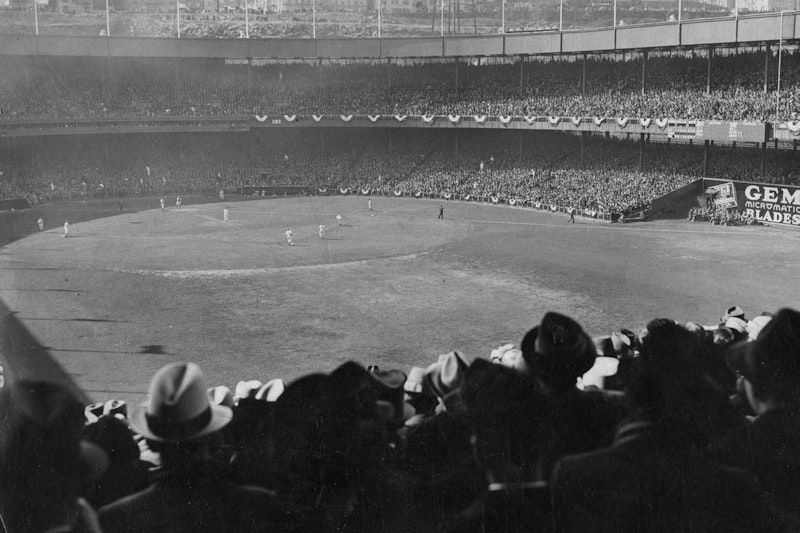Jetlagged after a trip to Australia, and repulsed by news involving Tucker Carlson, I got into researching events of a century ago. In 1923, King Tut’s tomb was discovered, Yankee Stadium had its first game, the Disney Brothers Cartoon Studio was founded, Time magazine put out its first issue, and Hitler attempted the Beer Hall Putsch. My father would be born in 1925 and flee Nazi-ruled Vienna in 1939.
I’d borrowed a library book, Hitler and the Habsburgs, by James Longo. The book quotes Hitler as reminiscing: “From 1919 to 1923, I thought of nothing else but revolution.” The putsch failed, and Hitler went to prison the next year, but his effort, though it involved a confrontation with police, had gained sympathy among conservatives antithetical to the Weimar Republic; the Tucker Carlsons of their day. Hitler would be released early, and subsequently sought power through constitutional means, confident he’d have conservative support.
Hitler hated the Habsburgs, who’d ruled a multi-cultural, multi-lingual empire rather than espousing German nationalism. Young Hitler enthused at the assassination of Archduke Franz Ferdinand in 1914, the event that precipitated World War I. Franz Ferdinand emerges from the book as a sympathetic character, who married for love (contrary to standard dynastic practice) and tried to prevent a catastrophic war. Franz Ferdinand’s marriage was “morganatic”; since his wife was of lower rank, their kids weren’t eligible to inherit the throne and had to go by the name Hohenberg. The monarchy collapsed at war’s end anyway, with Austria losing its empire and becoming a democratic republic.
Hitler had a bitter memory of the Habsburgs from 1909: he was one of the laborers shoveling snow outside the Imperial Hotel in Vienna when a few of the aristocrats walked by to a gala. He later recalled: “We were about as important to them, or for that matter to Vienna, as the snow that kept coming down all night, and this hotel did not even have the decency to send a cup of hot coffee to us.” After the Nazi dictator absorbed Austria into his Reich, he made a point of staying at the Imperial Hotel. Franz Ferdinand’s sons were thrown into Dachau and assigned latrine duty. They were defiant of their Nazi captors, once hiding a Roma boy who was fleeing the guards. They weren’t sure if that effort had succeeded, but after the war the Roma man showed up to deliver a goose as thanks.
After my trip, I took out Too Big for a Single Mind: How the Greatest Generation of Physicists Uncovered the Quantum World, by Tobias Hϋrter. Though 1926 was the key year in developing quantum mechanics, there was already much activity around the prospective theory in 1923. A vignette from that year shows Albert Einstein and Niels Bohr riding back and forth on a tram in Copenhagen, missing their stops repeatedly because they’re too distracted in arguing about the puzzles of the micro-world. The intellectual ferment of the coming years took place amid growing shadows of totalitarianism and war. Eventually, Einstein and many other physicists would be forced into exile, and Werner Heisenberg, central figure in formulating the new theory, would be tasked with building a Nazi atomic bomb.
Too Big for a Single Mind’s narrative ends in 1945, when, in the aftermath of Hiroshima and Nagasaki, Heisenberg and other captured German scientists were surprised that the U.S. had succeeded in building the weapon they’d failed to develop. There’s speculation that Heisenberg’s heart was never in the bomb effort, as his onetime student Edward Teller believed; or even that the quantum physicist deliberately sabotaged it, as suggested in the docudrama Genius: Einstein. In any case, the German scientists’ project was undermined by their Nazi overseers’ failure to grasp its potential, exemplified by one official’s ridicule of “the physicists’ Atomkackerie, their nuclear farting about.”
In an epilogue, Hϋrter writes that “The story is not over yet,” noting that quantum mechanics’ philosophical implications and technological applications are still unfolding a century later.
I’ve some memories that bridge about half the gap to a milestone of 1923. Yankee Stadium opened on April 18, 1923, with the Yankees playing the Red Sox in front of 74,000 fans. I first visited the original stadium as a child about 50 years later. In the mid-1970s it had some renovations, and I recall a family friend joking about “this urinal: $100,000.” (The stadium was replaced entirely in 2009.) My father, an avid soccer fan, was never much into baseball; years earlier, he’d gotten up to make a business phone call just as Mickey Mantle was stepping to the plate with the bases loaded. Still, I was a Yankees fan, hoping that Bobby Murcer and Roy White could recapture the glory of decades past.
—Kenneth Silber is author of In DeWitt’s Footsteps: Seeing History on the Erie Canal and posts at Post.News.

